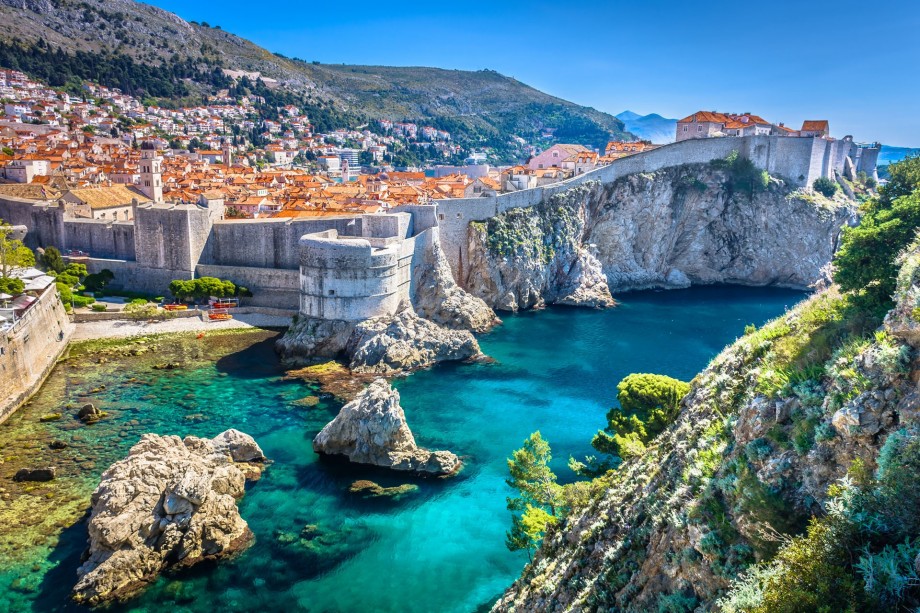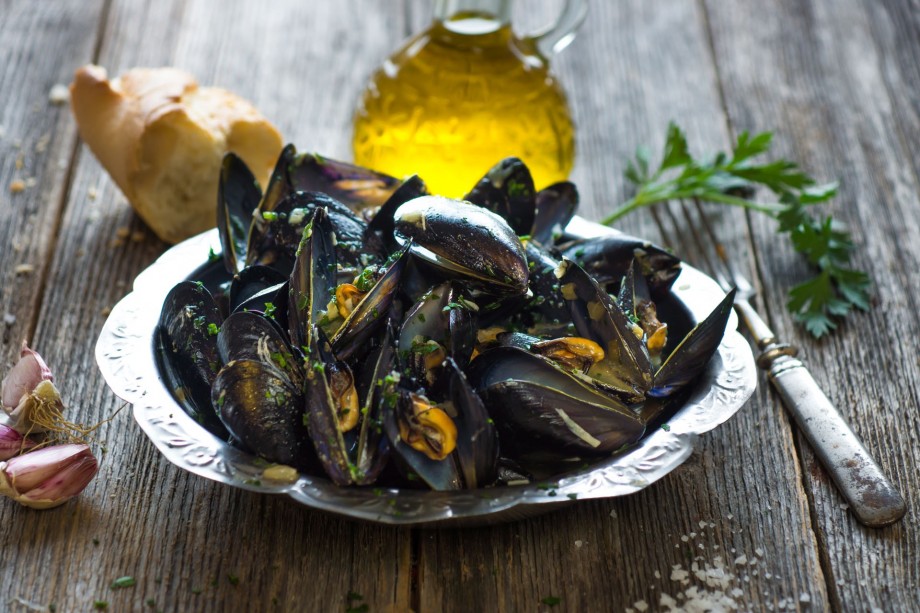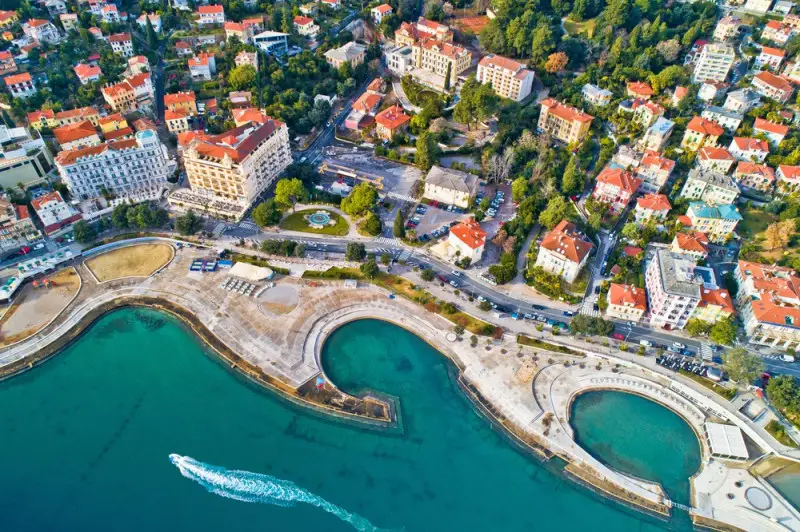
Opatija - the oldest tourist destination in Croatia
Opatija - the oldest tourist destination in Croatia
The town of Opatija, located on the sea and under the mountain Ucka, is the oldest tourist destination in Croatia. The exceptional beauty of Opatija was also sung in the song of Ivo Robic, a Croatian composer, and it is best described by the line "Opatijo bajna biseru ti naseg mora" meaning „Opatijo pearl of Adriatic“. Opatija offers the harmony of sea and mountains with a mild and pleasant climate, which makes it a perfect year-round destination. It is surrounded by natural beauty, located at the transition between the green Istrian region and the coast, and offers a perfect balance of landscape. Its city streets have interesting architecture and mansions from the Habsburg era. Opatija is also known as a wellness destination that attracts relaxation lovers. It offers numerous beaches, clear sea and a wide range of facilities, which is why it attracts many tourists who are happy to return.
How to arrive to Opatija?
Opatija is located in the Kvarner Bay, and is connected by a network of highways to numerous cities on the continent. The nearest airport is Rijeka, which is 44 km from Opatija. Pula airport is 75 km away. If you are coming by plane, you can also rent a car at the airport to make it easier for you to explore the surroundings of Opatija.
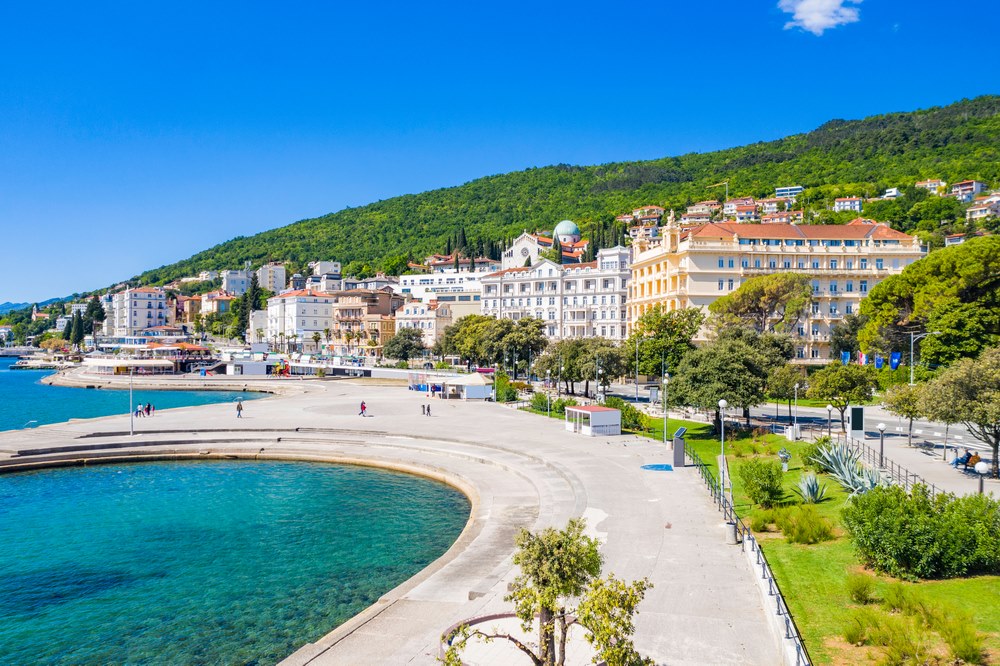
What to do and see in Opatija?
Arriving in Opatija, a walk and sightseeing of the city is essential. You will immediately notice the opulent architecture, lots of colors and carefully landscaped parks. The promenade by the sea is known as Lungomare. This symbol of the city of Opatija stretches along the sea from Lovran to Volosko. Beautifully landscaped paths lead to the most beautiful beaches of Opatija, famous sights such as the Park and Villa Angiolina and the statue of the Girl with a Seagull. Enjoying the fresh sea air and the beautiful coastal landscape and the wealth of coastal vegetation has a beneficial effect on health. The high concentration of sea aerosol in the air and the beneficence of the rich forest areas make Opatija a recognized and well-known health resort. On the cape by the sea you can see another symbol of Opatija, which is a sculpture of a girl extending her hand to a seagull. It is a new sculpture installed in 1956 and has become one of the symbols of Opatija. Earlier, there was a sculpture of the Madonna, whose original statue after restoration is kept in the Croatian Museum of Tourism in Villa Angiolina, and today you can see the golded version of the Madonna in front of the church of St. Jacob. Villa Angiolina and its park are synonymous of Opatija! Park Angiolina is one of the most awarded parks in Croatia. The camellia flower is the symbol of this beautiful park. The Villa itself is a former summer house that now houses the Croatian Museum of Tourism. One of the most important buildings in Opatija is the Church of St. James. Opatija is also home to numerous galleries and an art center, so it is an ideal choice for all artists and creatives. The surroundings of Opatija are made up of many small historic towns that you can also explore when you want a day trip. Volosko is a small fishing village where you can still experience the charm of old coastal towns. If you want to take a walk through the wooded areas, then take the Carmen Sylve forest walk, located a little further from the sea. Fresh air and forest scents lead to the observation deck built on Queen Elizabeth Rock. The local population calls the viewpoint Mala fortica, and it offers a beautiful view of the city. If you are a fan of sports activities, natural beauty and more difficult climbs, be sure to visit the Ucka Nature Park. From the top of Ucka there is a wonderful 360-degree view of the whole of Opatija and the hinterland. In the surroundings of Opatija, you can also go mountain biking, paintball, ride quads and much more. If you prefer the sea, you can really enjoy it to the fullest and get the desired dose of adrenaline. Sailing, kayaking and surfing are also possible, depending on the weather and wind. Opatija is characterized by a wide selection of superbly equipped beaches for all ages, and if you want to explore the nearby islands, the closest ones are Krk and Cres. The island of Krk played an important role in the development of Croatian literacy, where the most important Croatian monument - the Bašćanska ploča from the year 1100 - was found. This tablet written in Glagolitic was discovered in 1851 by the young priest Petar Dorčić in the floor of the Church of St. Lucia near Baška. The text written on the tablet became an important source of information about the development of the Croatian Glagolitic script, the Croatian language and culture. The unusual island of Cres is home to griffon vultures that take refuge in the Cres eco-center Caput insulae, and on Cres you can also enjoy cycling and walking thanks to the large number of trails. Lubenice beach and Mali bok will enchant you with their beauty and colors!
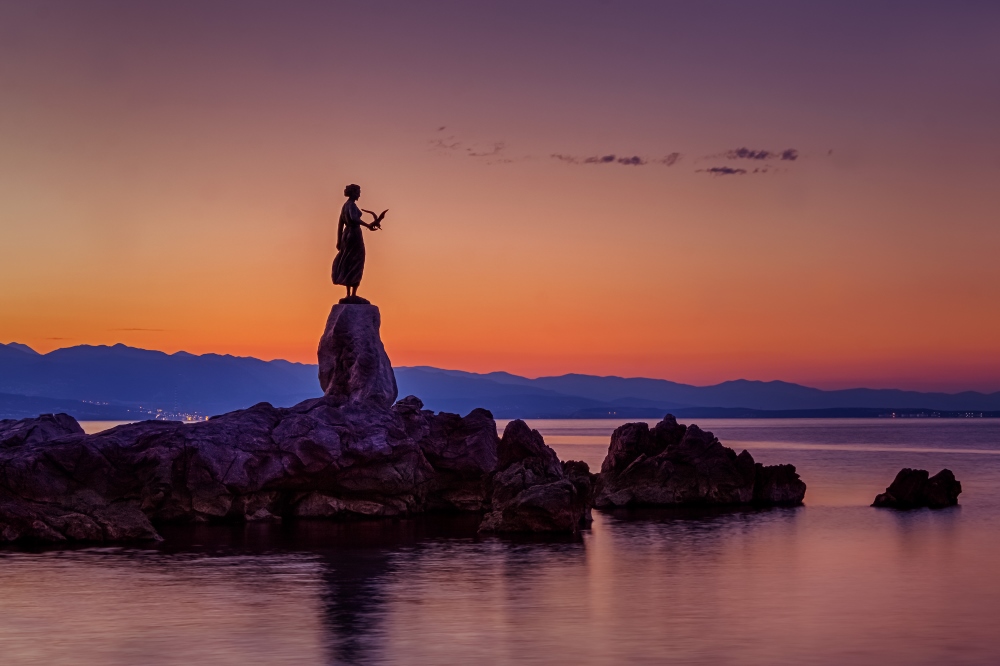
Gastronomy in Opatija
Specific autochthonous foods in Opatija are bitter wild asparagus, chestnuts and shrimp. Asparagus is not only used as an ingredient in traditional frittata, but also in risottos and pastas. Sweet chestnuts give a special flavor to cakes and pies. The central place of gastronomy is occupied by Kvarner shrimp, which stands out for its special size and reddish color, thin shell and richly flavored meat. This versatile food as an appetizer is served raw, marinated with a few drops of olive oil and lemon juice, it is excellent as the dominant flavor in risotto and other warm appetizers, but the most famous and appreciated way of preparation is "on the buzara", which emphasizes not only the taste, but also the smell of Kvarner shrimp.
If you are looking for accommodation in Opatija or luxury villas in Kvarner, be sure to check out HomeRent offer of luxury villas in Croatia.
Croatia Travel Blog
